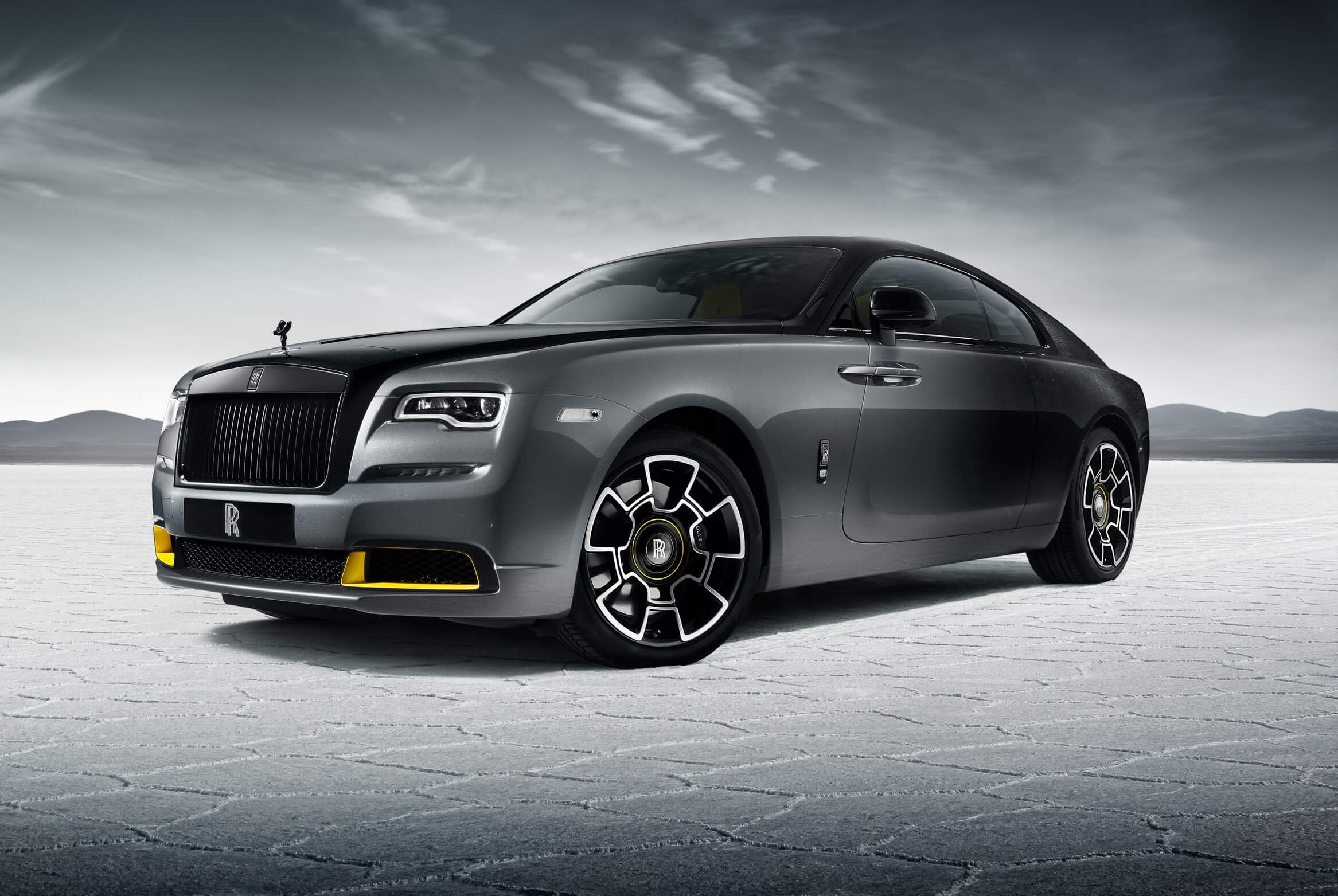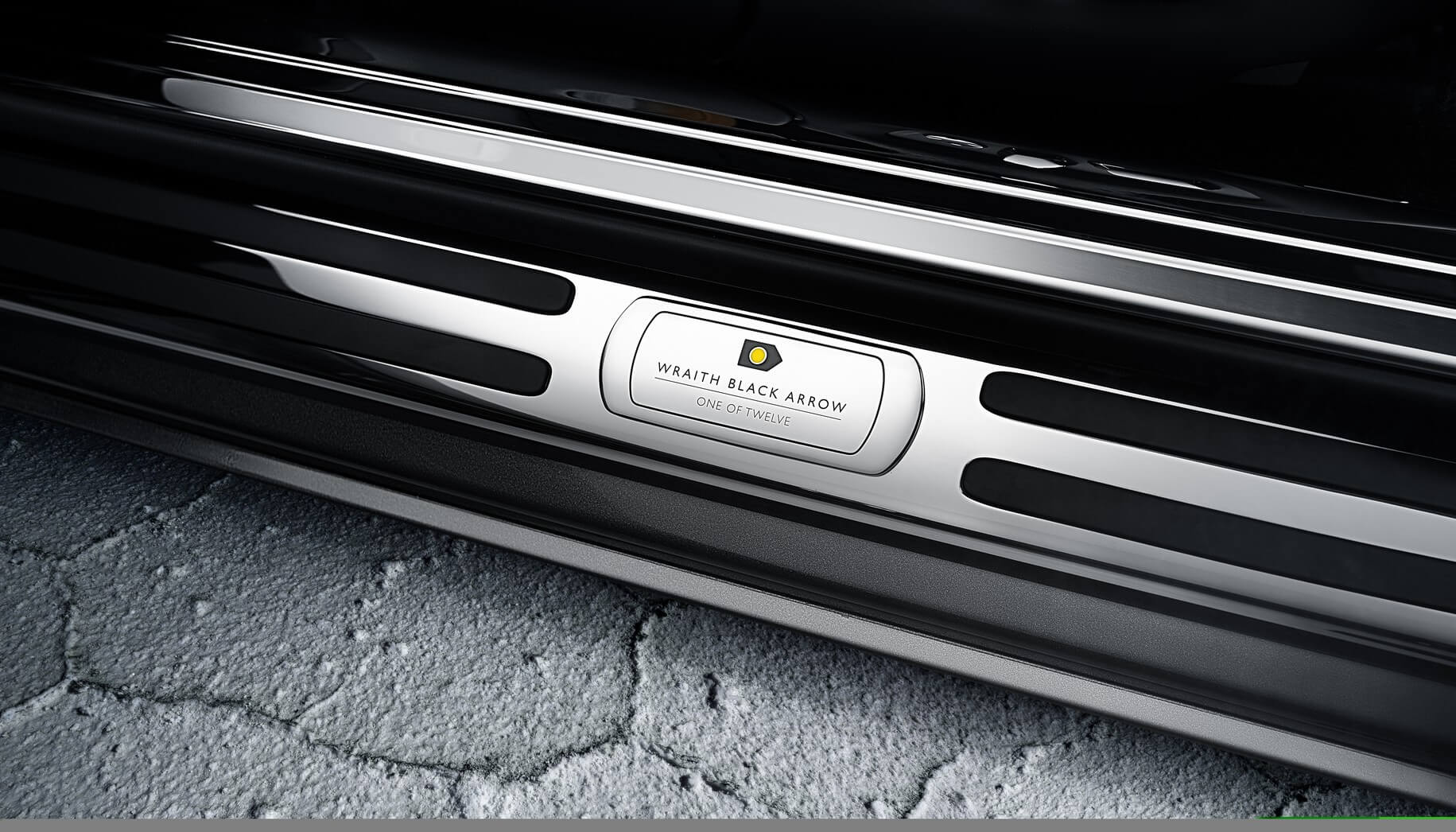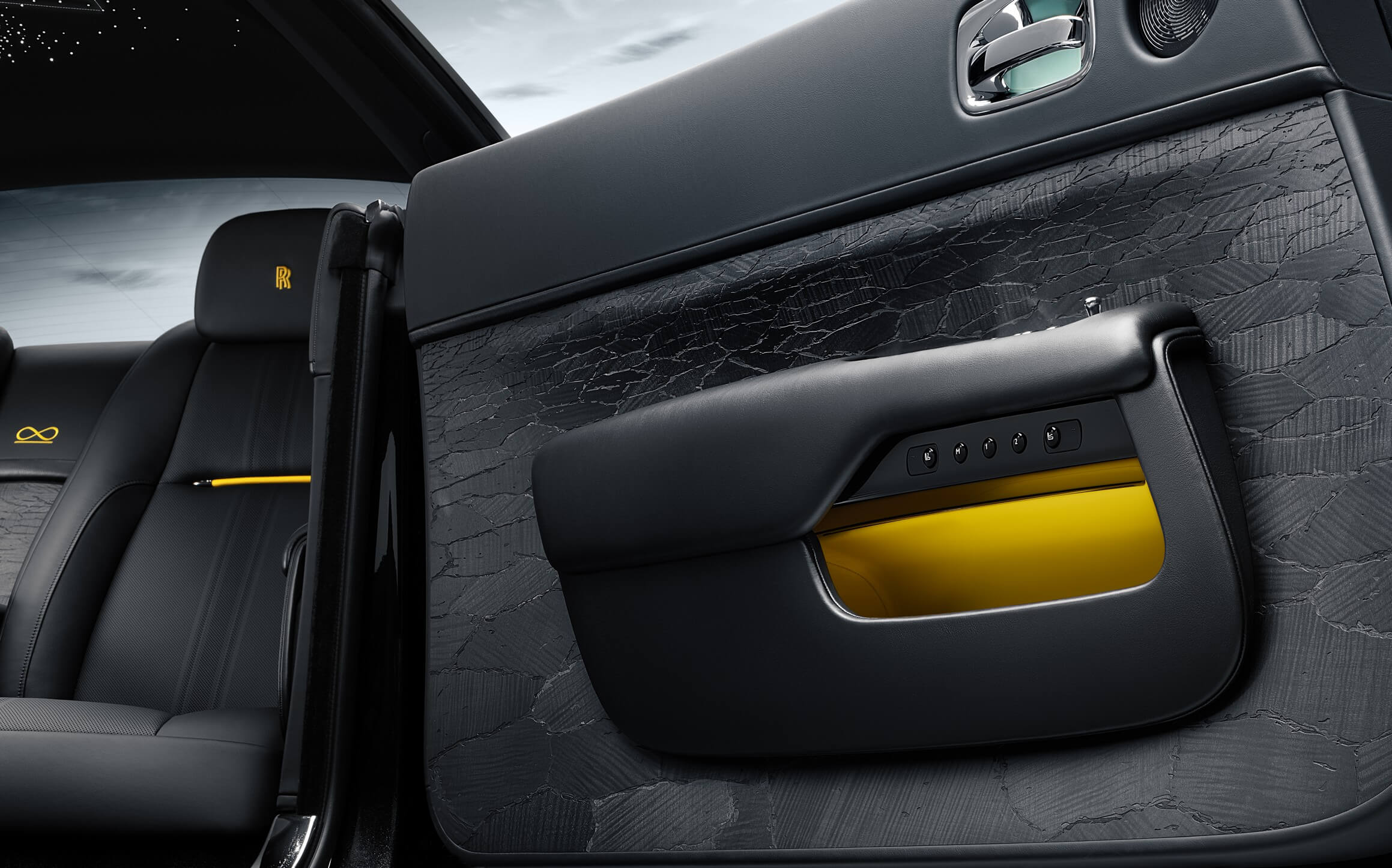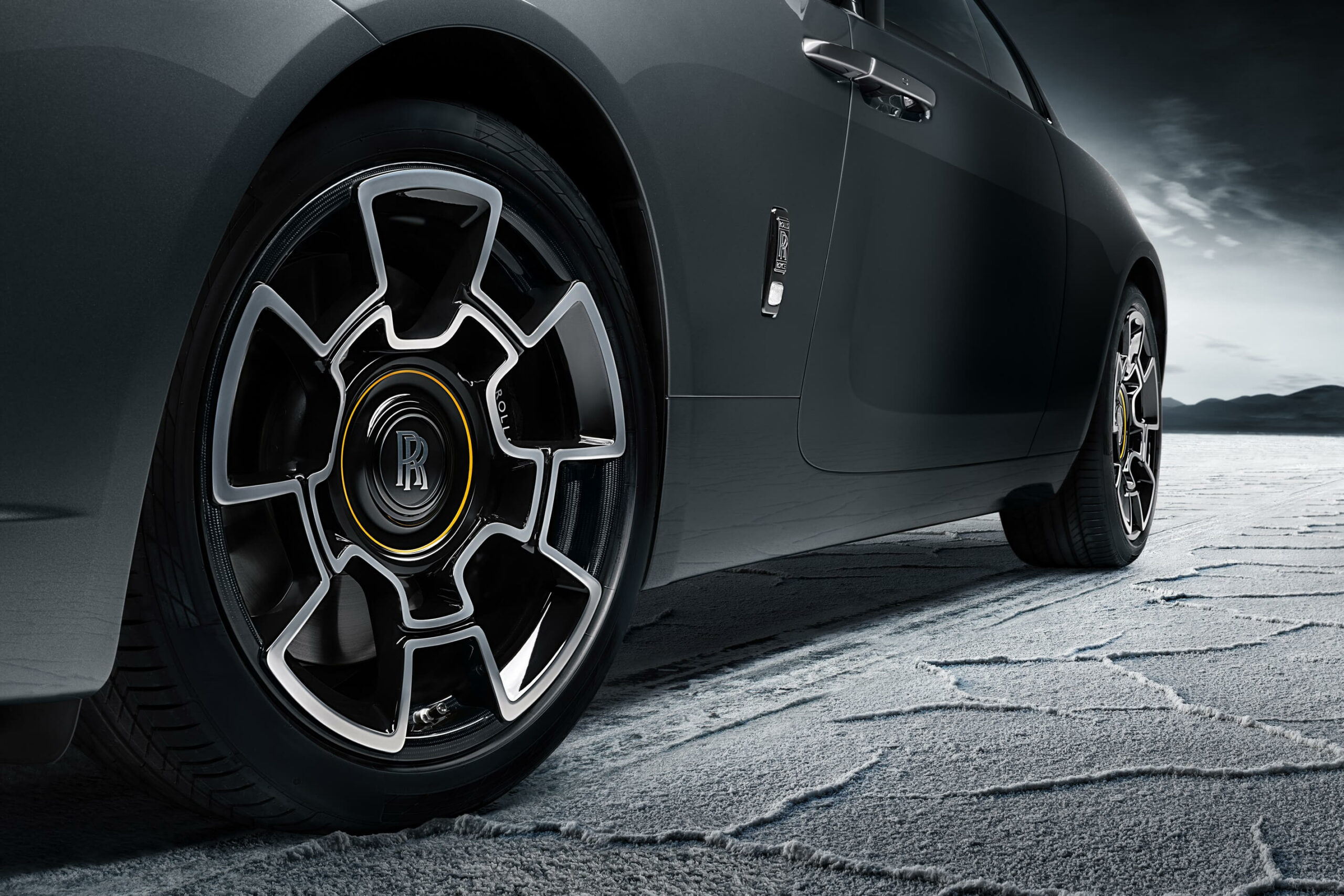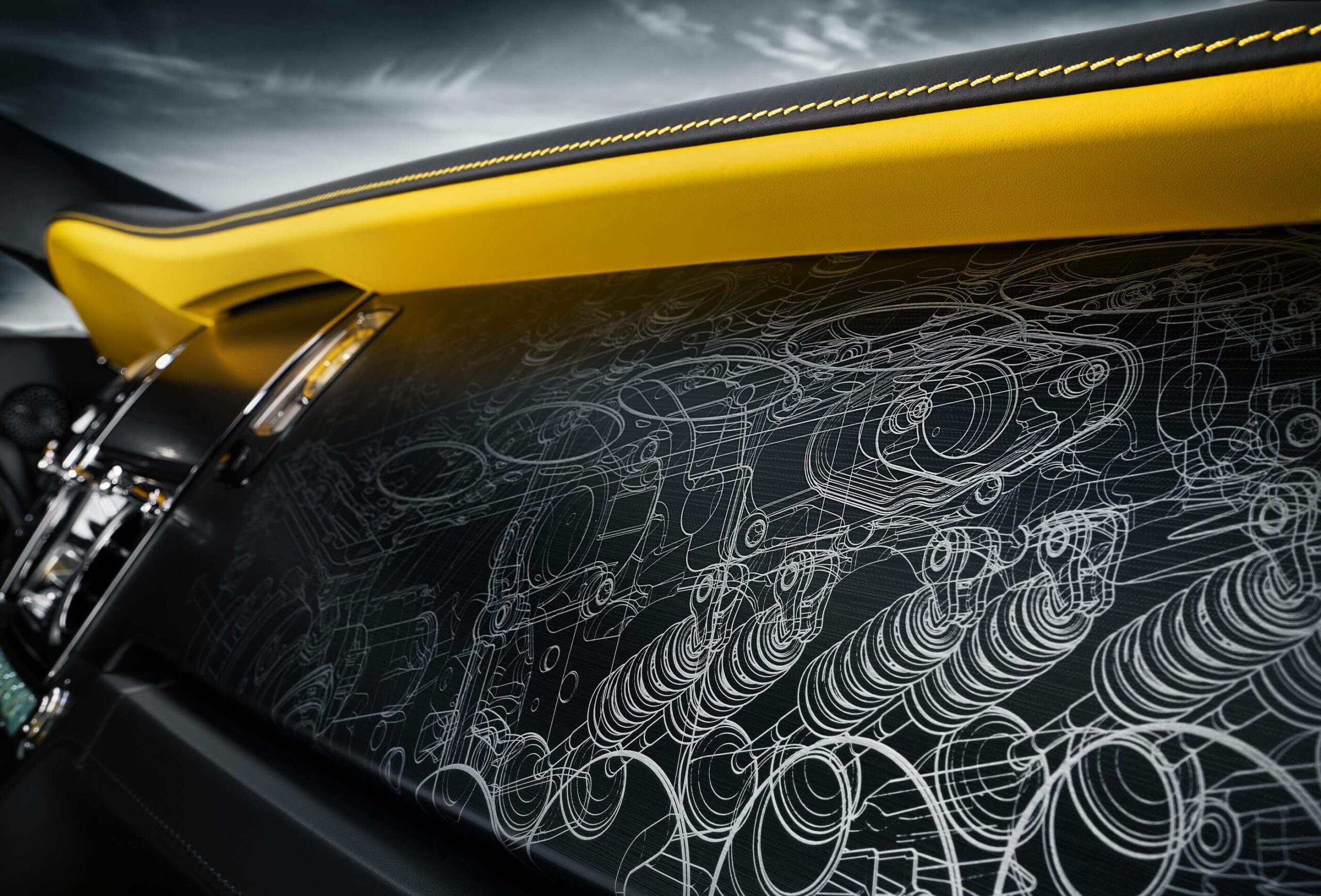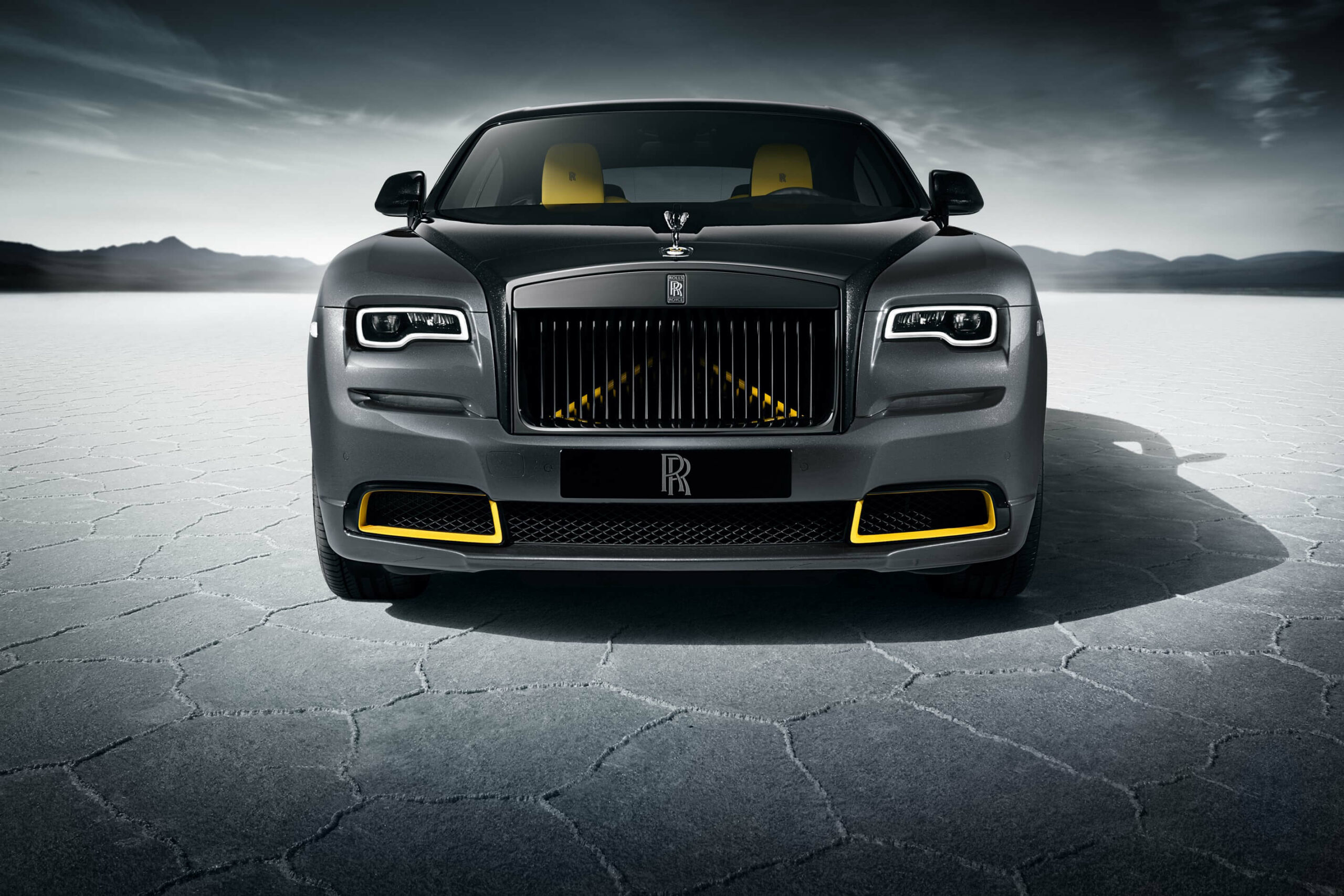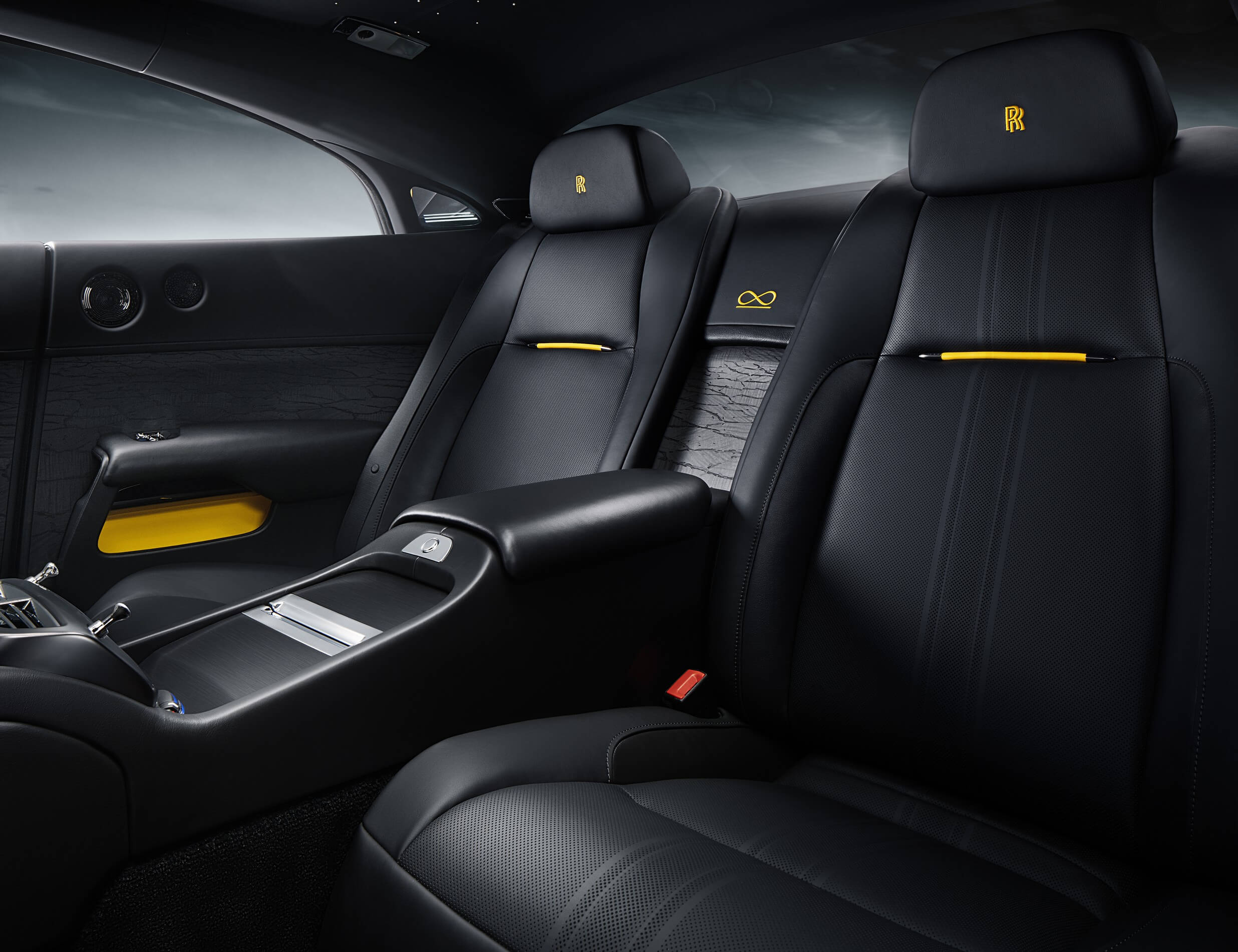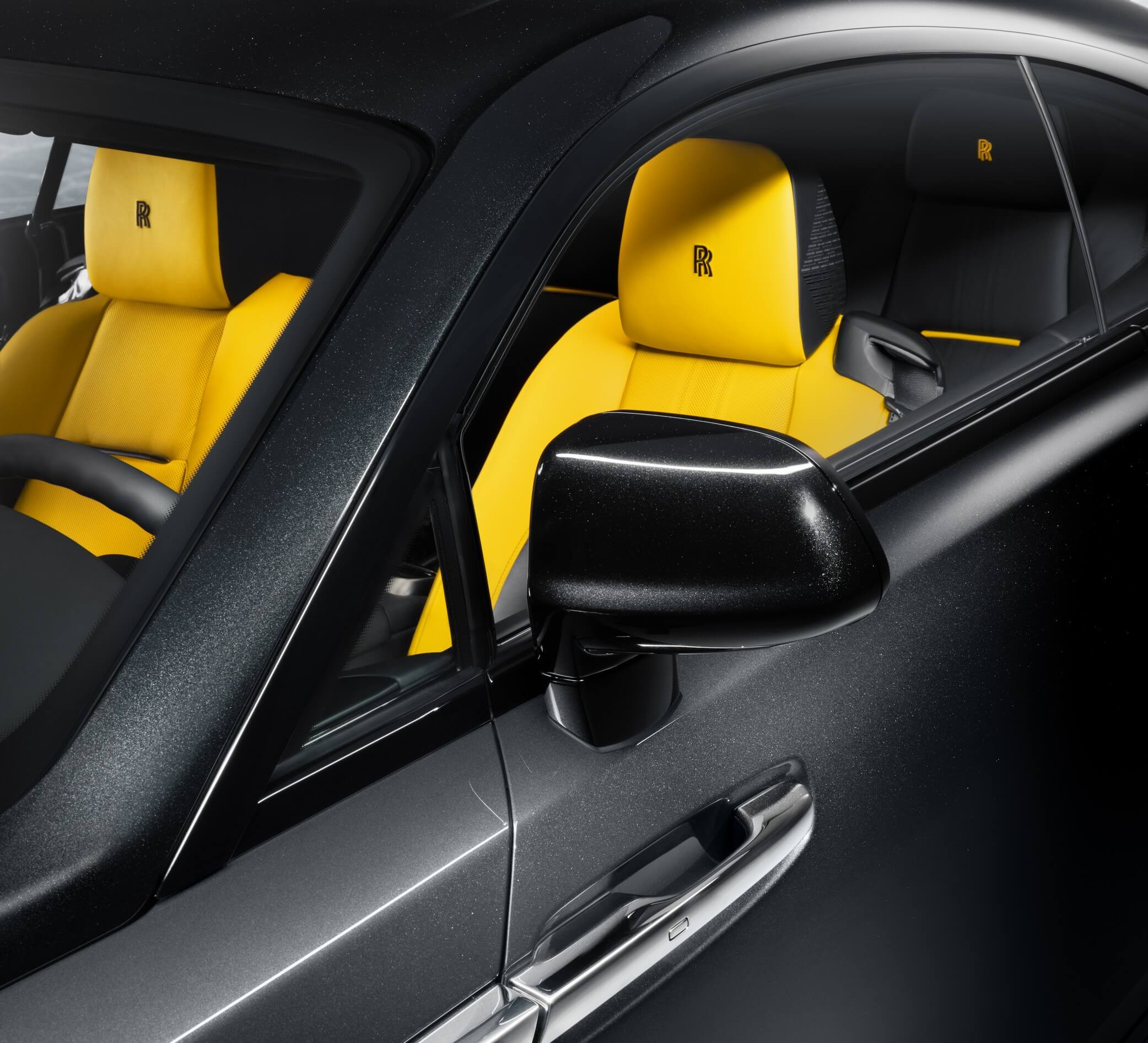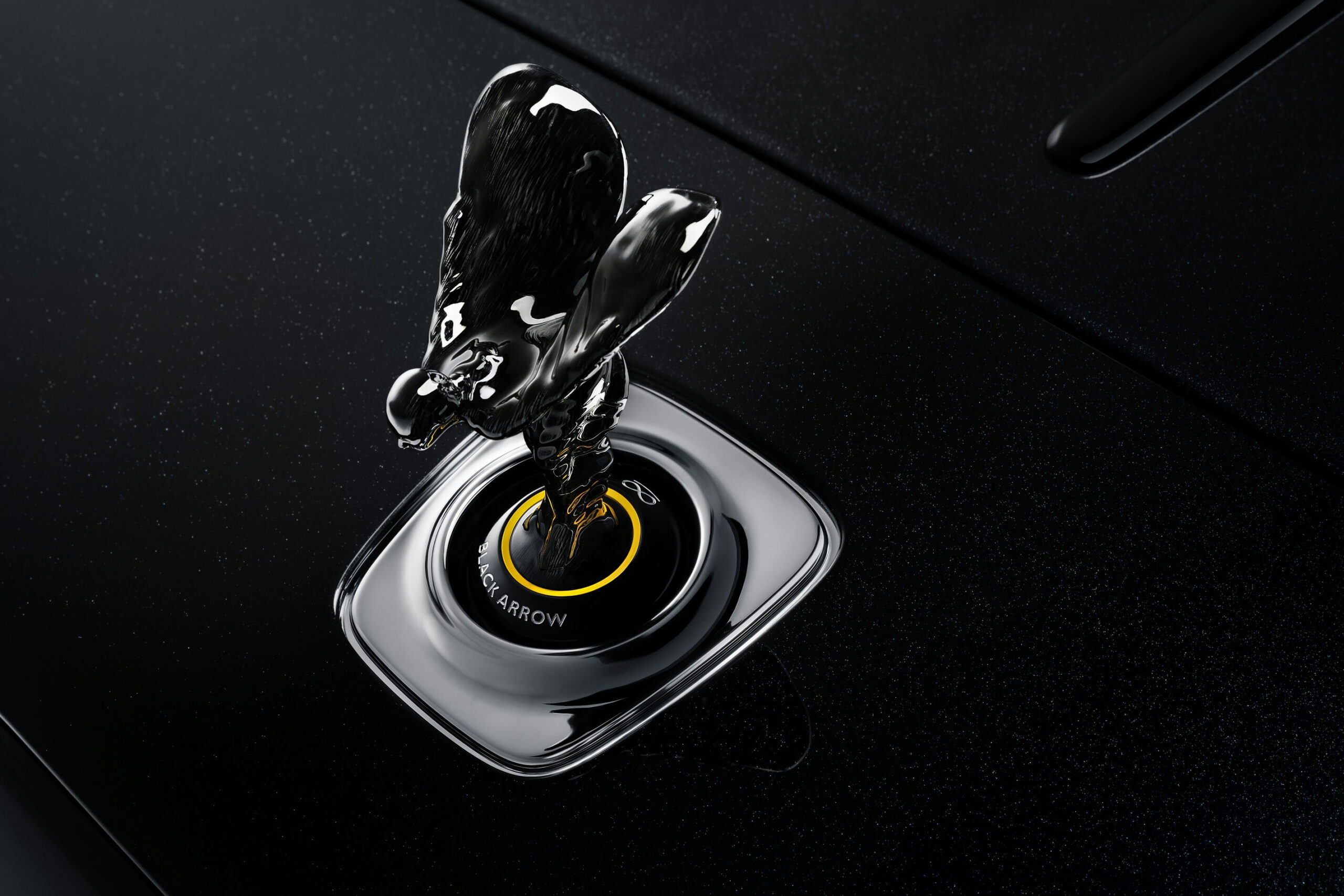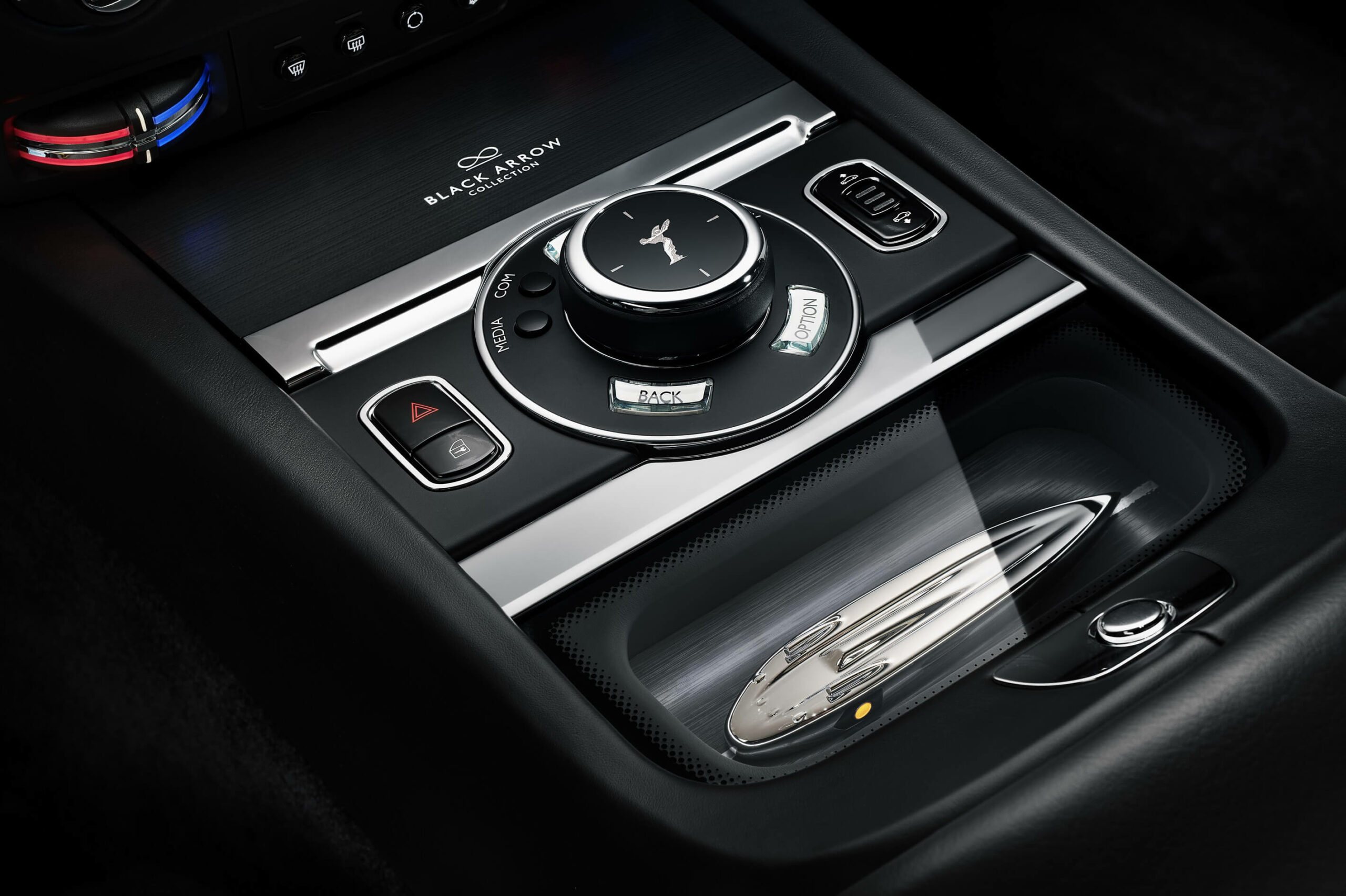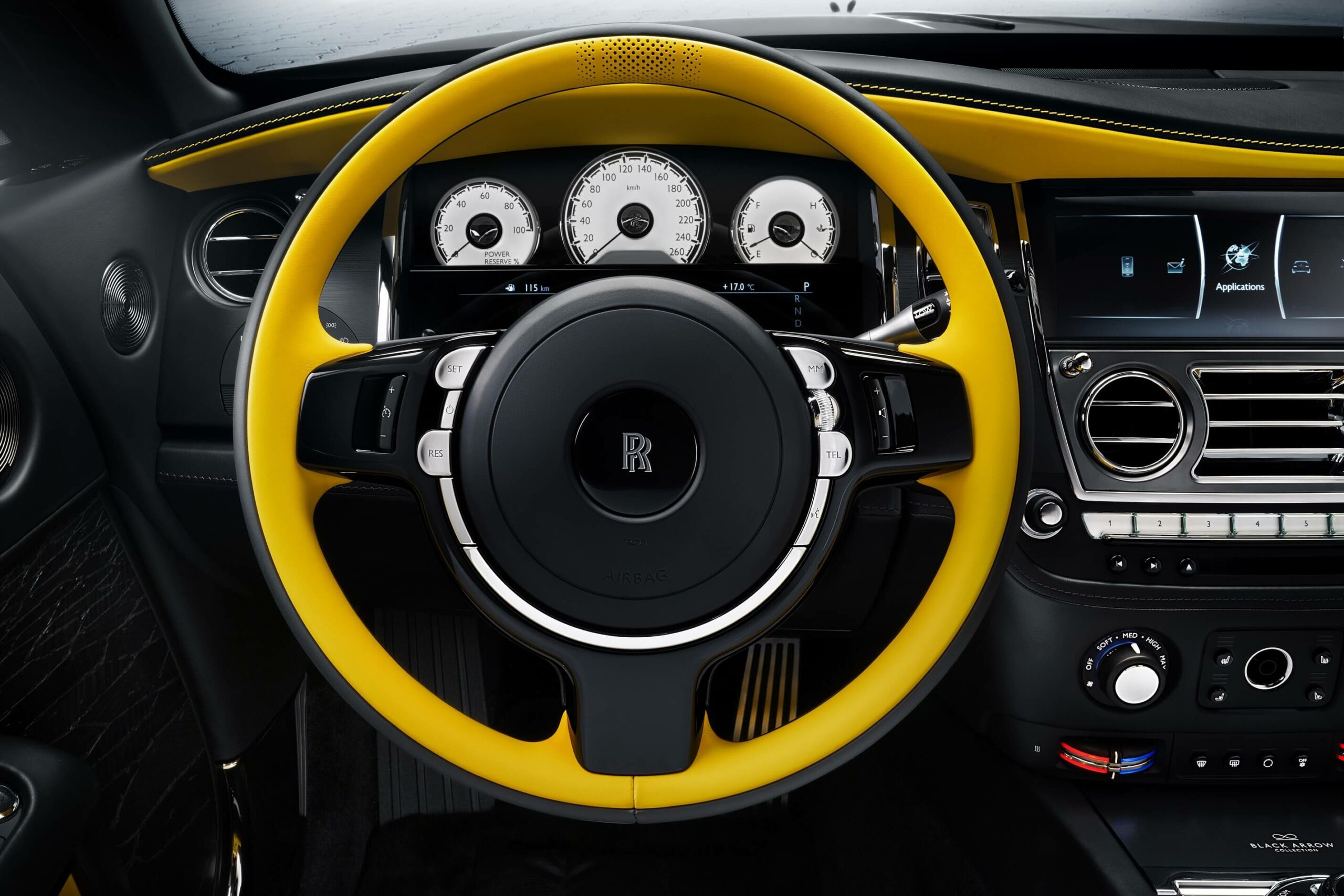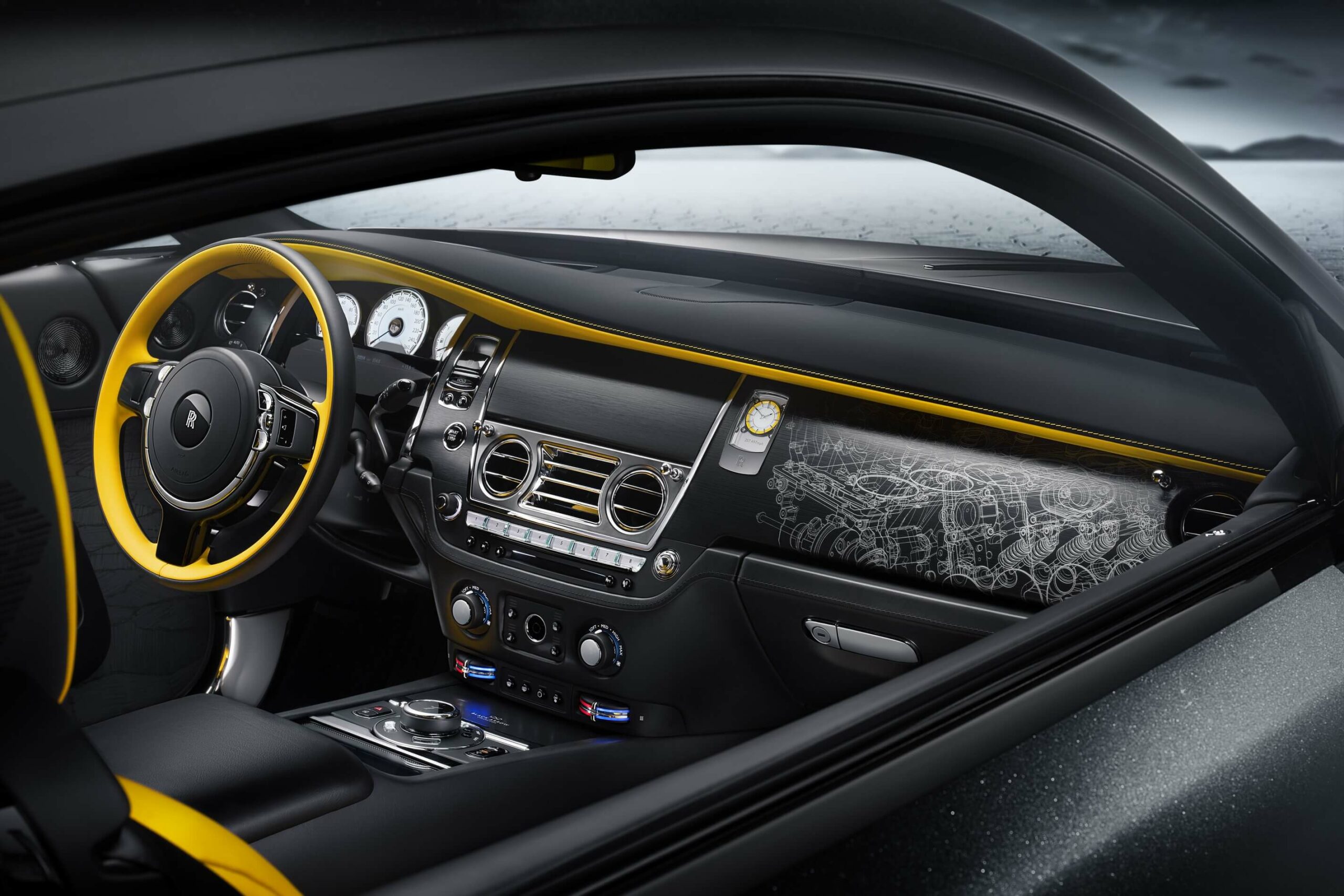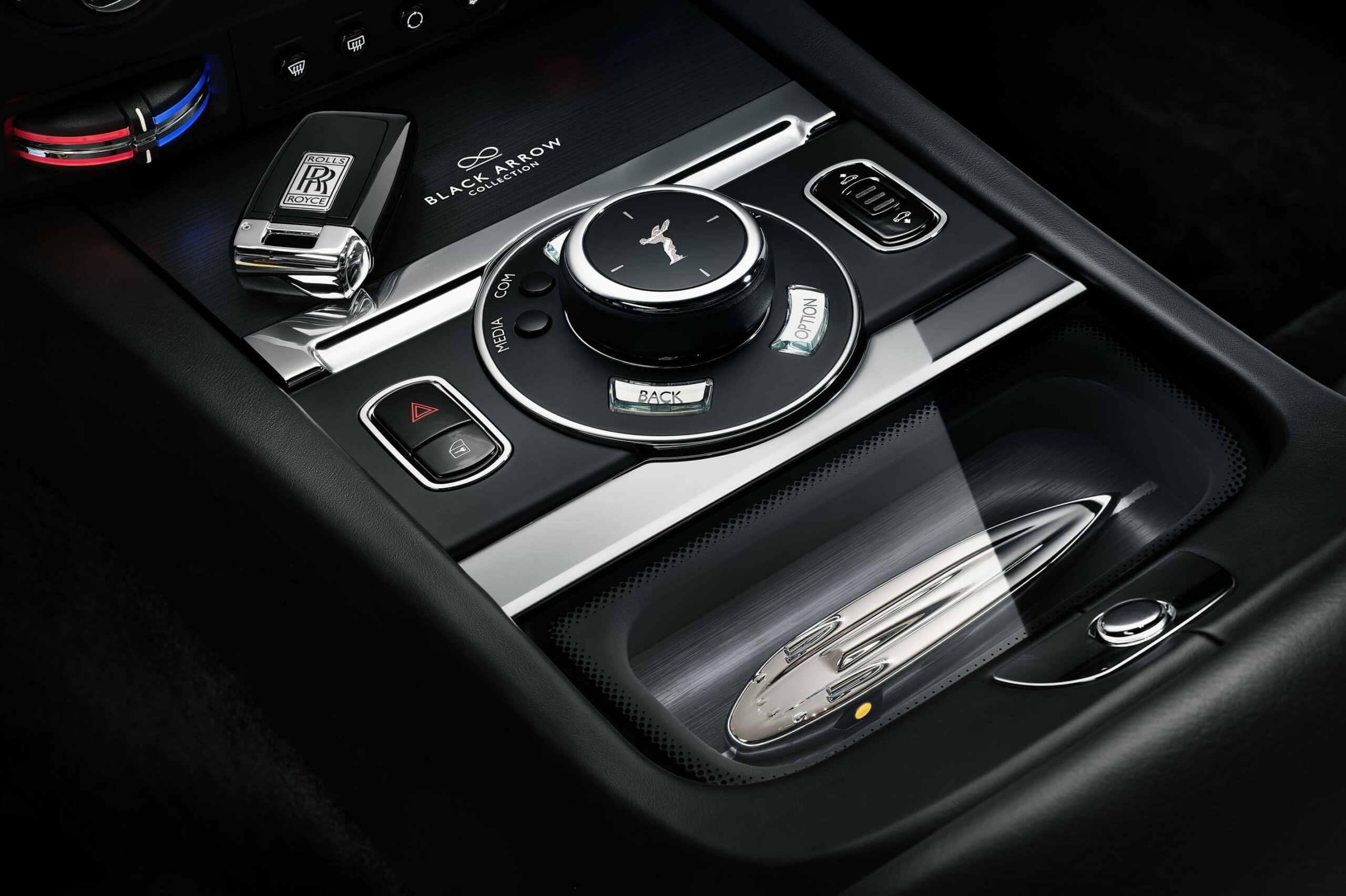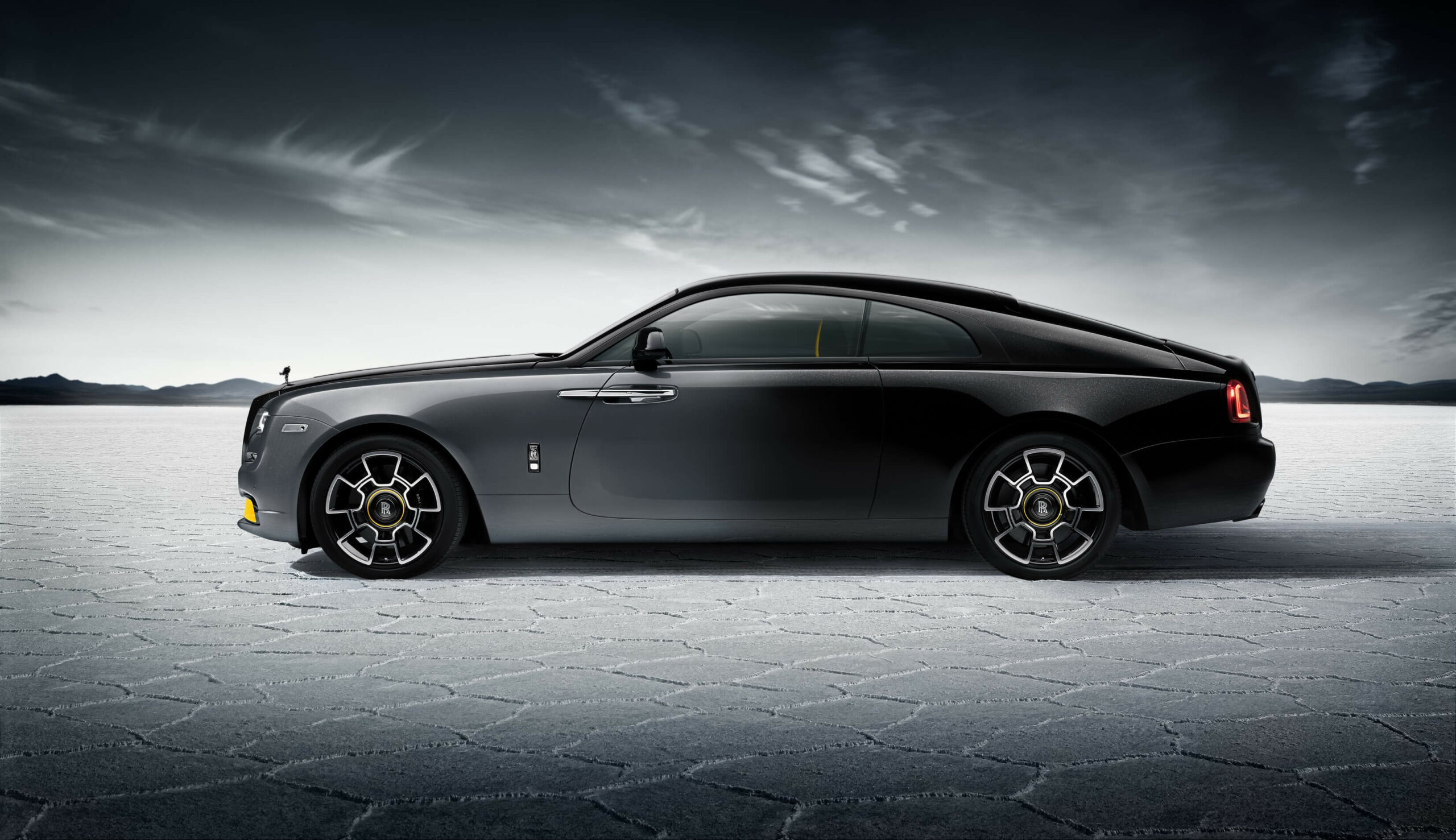In case you’ve missed the memo, Rolls-Royce is done launching new cars with V12 engines. The decision was taken a while back and is in line with the brand’s desire to go completely electric by 2030. The zero-emission Spectre is a taste of things to come and coincides with the demise of a different coupe. As of today, the Wraith is officially no more since the British luxury brand is bidding adieu to the model with a final series of 12 cars. To no one’s surprise, all of them have already been sold.
Based on the Black Badge and using the most powerful Rolls-Royce engine ever, the Black Arrow Collection serves as a V12 coupe finale. It packs a colossal 623 horsepower and 870 Newton-meters (641 pound-feet) of torque in a car that oozes opulence courtesy of color-shifting paint by transitioning from Celebration Silver to Black Diamond. The latter is adorned by glass-infused “crystal” paint in a bid to mimic a motion blur effect and emphasize the full-color graduation between two tones.
The BMW Group brand says it needed 18 months to test and perfect the Bespoke paint job, which has never been used before on a Rolls-Royce. The high-gloss lacquer must be polished for more than 12 hours to end up with a glass-like appearance, creating what Rolls-Royce describes as one of the most complex paints ever made by the Goodwood-based marque.
The intricate paint job is boldly contrasted by striking Bright Yellow accents, including the V struts behind the dark grille as well as the carbon fiber Spirit of Ecstasy hood ornament. The contrasting theme was chosen as a nod to the Thunderbolt, a seven-ton, eight-wheeled behemoth that hit 357.497 mph (575.335 km/h) back in 1938. It had a V12 Rolls-Royce aero engine and was driven by Captain George Eyston.
Another absolute novelty is the use of “Club Leather” on the inside to provide a discreet contrast to the matte natural-grain black leather. Continuing the exterior theme are Bright Yellow surfaces along with an arrow embroidery motif on the outer headrest, symbolizing the Thunderbolt’s aluminum body. As for the headliner, it incorporates no fewer than 2,117 fiber optics, a record number for a RR. These have been manually and individually arranged to echo the constellations that appeared over the Salt Flats in Utah on 16 September 1938 when Captain George Eyston set the record for the fastest V12 car.
Finishing touches include a special V12 metal engine badge to denote it’s the last twelve-cylinder coupe from Rolls-Royce as well as an analog clock referencing Thunderbolt’s 357.497 mph speed record.
Source: Rolls-Royce


